Maintaining and escaping feedback control in hierarchically organised tissue: a case study of the intestinal epithelium
Matthias M. Fischer, Hanspeter Herzel, and Nil Blüthgen
doi: https://doi.org/10.1101/2021.06.11.448040
Abstract
The intestinal epithelium is one of the fastest renewing tissues in mammals with an average turnover time of only a few days. It shows a remarkable degree of stability towards external perturbations such as physical injuries or radiation damage. Tissue renewal is driven by intestinal stem cells, and differentiated cells can de-differentiate if the stem cell niche is lost after tissue damage. However, self-renewal and regeneration require a tightly regulated balance to uphold tissue homoeostasis, and failure can lead to tissue extinction or to unbounded growth and cancerous lesions. Here, we present a mathematical model of intestinal epithelium population dynamics that is based on the current mechanistic understanding of the underlying biological processes. We derive conditions for stability and thereby identify mechanisms that may lead to loss of homoeostasis. A key results is the existence of specific thresholds in feedbacks after which unbounded growth occurs, and a subsequent convergence of the system to a stable ratio of stem to non-stem cells. A biologically interesting property of the model is that the number of differentiated cells at the steady-state can become invariant to changes in their apoptosis rate. Moreover, we compare alternative mechanisms for homeostasis with respect to their recovery dynamics after perturbation from steady-state. Finally, we show that de-differentiation enables the system to recover more gracefully after certain external perturbations, which however makes the system more prone to loosing homoeostasis.
